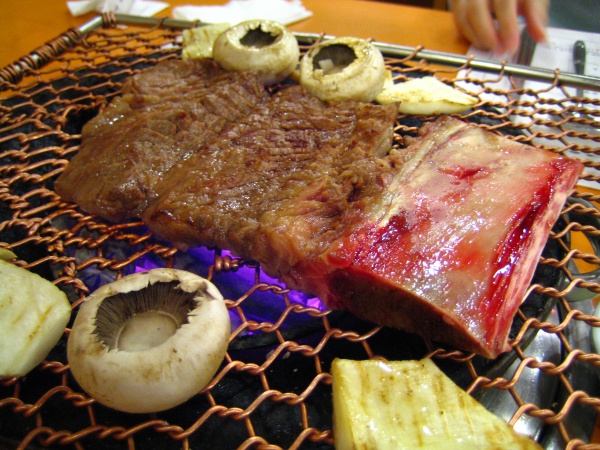Facts About Korean barbecue
Korean barbecue is a cherished method of cooking within Korean cuisine, centering around grilling meats such as beef, pork, and chicken. Typically, the grilling takes place right at the dining table using built-in gas or charcoal grills or portable stoves provided to diners. Two of the most renowned Korean barbecue dishes are bulgogi, which consists of marinated beef sirloin, and galbi, which features marinated beef short ribs. There are also many other delectable meat dishes, both marinated and unmarinated, that fall under the umbrella of gogi-gui. This style of barbecue is enjoyed not only in Korea but also around the world.
For marinated meats, bulgogi is typically immersed in a savory mixture of soy sauce, sugar, sesame oil, garlic, and pepper. Galbi, in contrast, is marinated in a blend of soy sauce, water, garlic, sugar, and onions. Another notable dish is jumulleok, short steak marinated with sesame oil, salt, and pepper, offering a juicy texture akin to unmarinated meats. For those who prefer a bit of heat, spicy pork daeji bulgogi is marinated with gochujang (Korean chili paste) and gochu garu (chili powder), distinguishing it from the beef version.
On the unmarinated side, options like chadolbegi, which consists of thinly sliced beef brisket, and samgyeopsal, thicker strips of unsalted pork belly, are popular. Other well-loved choices include various cuts of loins and boneless ribs.
A Korean barbecue meal is incomplete without an array of banchan (side dishes) such as pajeori (green onion salad) and fresh vegetables like lettuce, cucumbers, and peppers. The fun part lies in wrapping the grilled meat in lettuce leaves and adding delicious condiments such as pajeori and ssamjang (a spicy paste made with doenjang and gochujang). This hands-on, flavorful dining experience is a significant aspect of what makes Korean barbecue so special.

 North Korea
North Korea